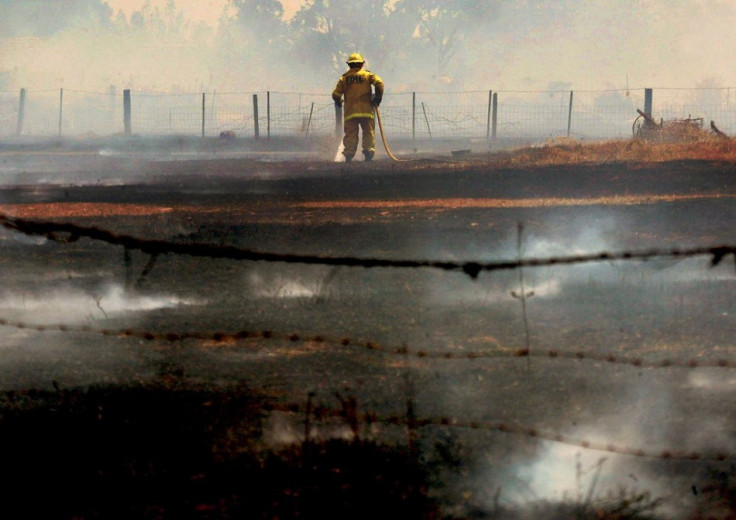Climate Change: El Nino to Become More Severe in Future

Climate change is to lead to more severe El Nino weather pattens, which in turn will trigger more intense changes to rainfall.
Scientists in Australia say they have found the El Nino-Southern Oscillation (ENSO), which refers to a warming of water that affects weather patterns across the Pacific Ocean, will intensify within the next century because of global warming.
Research by the Bureau of Meteorology, published in the journal Nature, shows how El Nino will trigger wetter weather in the eastern areas of the Pacific and more droughts in the western areas, such as Australia's east coast.
Scott Power, research leader at the BoM, said: "There's an intensification of changes in rainfall that are driven by El Nino. What we found was those two effects are intensified in the future, because global warming interferes with the impact El Nino has."
Wenju Cai, senior research scientist at the Commonwealth Scientific and Industrial Research Organisation, told the Sydney Morning Herald that the La Nina weather , which is represented by cooling of Pacific surface waters, could also be affected.
"During an El Nino period, the drought in the western Pacific could be more intense, or during La Nina [ones], the floods could be more intense or maybe both."
Power added that human influence on El Nino patterns will become clearer in the second half of the 21<sup>st century: "'For these sorts of changes, the signal becomes larger as time goes on under the scenarios we've used.
Sobering
"When the world tends to warm up because of El Nino, so does Australia. That's because we tend to get less rainfall, so it dries out and clouds clear, we [then] get more radiation hitting the surface, less evaporation to moderate things, and temperatures go up."
Australia is currently being warned to brace for an increase in heat waves, cyclones, bushfires and thunderstorms following the hottest year on record. "It is sobering to see that we're setting these records in non-El Nino years," Power said.
"The magnitude of the changes [on future El Nino periods] will critically depend on the amount of emissions that the world ultimately ends up producing over coming decades."
Writing in Nature, the authors of the study said: "Given that further human-forced changes in the Earth's climate system seem inevitable, the possibility exists that the character of ENSO and its impacts might change over the coming century. Although this issue has been investigated many times during the past 20 years, there is very little consensus on future changes in ENSO, apart from an expectation that ENSO will continue to be a dominant source of year-to-year variability.
"Here we show that there are in fact robust projected changes in the spatial patterns of year-to-year ENSO-driven variability in both surface temperature and precipitation.
"By the mid- to late twenty-first century, the projections include an intensification of both El-Nino-driven drying in the western Pacific Ocean and rainfall increases in the central and eastern equatorial Pacific."
© Copyright IBTimes 2025. All rights reserved.






















